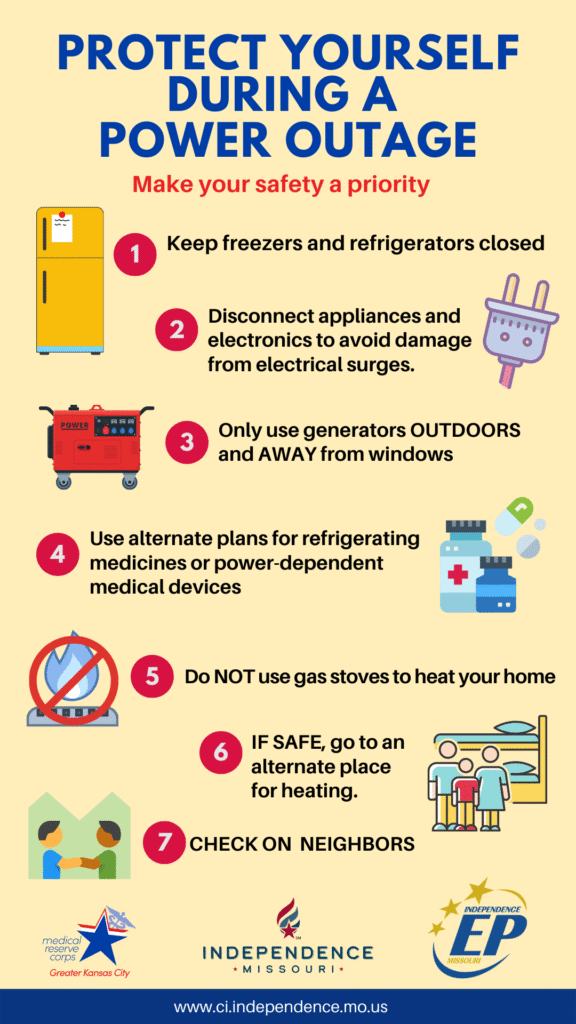
Power outages can be disruptive and inconvenient, especially during extreme weather conditions. When the lights go out, staying warm becomes a top priority. While it might seem tempting to turn to your oven for heat, it’s crucial to remember that ovens are not designed for continuous heating and pose significant safety risks if misused. This article will delve into the potential dangers of using the oven as a heater during power outages and provide essential safety guidelines to ensure your well-being.
This article will explore the inherent risks associated with using the oven as a heater, focusing on carbon monoxide buildup, fire hazards, unattended oven dangers, and the importance of proper ventilation. By understanding these risks and following recommended safety precautions, you can make informed decisions about staying warm during power outages while minimizing potential harm.
Oven Heating Safety During Power Outages
Ovens are primarily designed for cooking food, not providing continuous heat for your home. They generate significant amounts of heat, but this is intended for short bursts during the cooking process. Prolonged use as a heating source can lead to overheating, malfunctions, and increased risk of fire. Additionally, ovens lack the safety features found in dedicated heating systems, such as thermostats and automatic shut-off mechanisms, which are essential for safe and controlled heat generation.
Furthermore, using the oven as a heater can strain your electrical system, potentially overloading circuits and causing damage to appliances or even starting a fire. It’s important to remember that ovens draw a significant amount of power, and prolonged use during a power outage can put undue stress on your home’s electrical infrastructure.
Carbon Monoxide Buildup Prevention
Carbon monoxide (CO) is a colorless, odorless, and highly poisonous gas produced by the incomplete combustion of fuels. When using the oven as a heater, there is an increased risk of CO buildup in your home due to the burning of natural gas or propane.
Proper ventilation is crucial for preventing CO poisoning. Ensure that your kitchen is well-ventilated by opening windows and doors, even if it’s cold outside. Consider using exhaust fans to further remove CO from the air. Never use a stovetop burner or oven as a primary heat source without adequate ventilation, as this can lead to dangerous levels of CO accumulation.
Symptoms of Carbon Monoxide Poisoning
Be aware of the symptoms of carbon monoxide poisoning, which include headache, dizziness, nausea, weakness, confusion, and shortness of breath. If you experience any of these symptoms, immediately move to fresh air and seek medical attention.
Fire Hazards of Oven Use
Ovens are designed with safety features to prevent fires during normal cooking operations. However, using the oven as a heater can significantly increase the risk of fire hazards due to prolonged heat exposure and potential malfunctions.
The heating elements in an oven can reach extremely high temperatures, posing a fire risk if they come into contact with flammable materials. Keep all combustible items, such as curtains, towels, and paper products, well away from the oven. Additionally, ensure that the oven’s interior is clean and free of grease buildup, which can ignite easily when exposed to heat.
Unattended Oven Dangers
Never leave an oven unattended while in use, especially during a power outage. The risk of fire or other accidents increases significantly when someone is not monitoring the oven closely.
Establish clear safety rules for everyone in your household regarding oven use during emergencies. Ensure that children are supervised at all times and understand the dangers associated with using the oven as a heater.
Ventilation Importance
Proper ventilation is crucial for preventing carbon monoxide buildup and ensuring safe air circulation when using the oven as a heater. Open windows and doors to allow fresh air to enter your home, and consider using exhaust fans to remove stale air.
If you have a fireplace or chimney, ensure that it is clean and functional to provide additional ventilation. Avoid blocking vents or air ducts, as this can restrict airflow and increase the risk of CO buildup.
Conclusion
While using the oven as a heater during power outages might seem like a viable solution, it presents significant safety risks. Carbon monoxide poisoning, fire hazards, unattended oven dangers, and inadequate ventilation are all serious concerns that must be addressed. Prioritize your safety by exploring alternative heating methods, such as using blankets, wearing warm clothing, or seeking shelter in designated warming centers. Remember, staying warm during a power outage should never come at the expense of your well-being.
